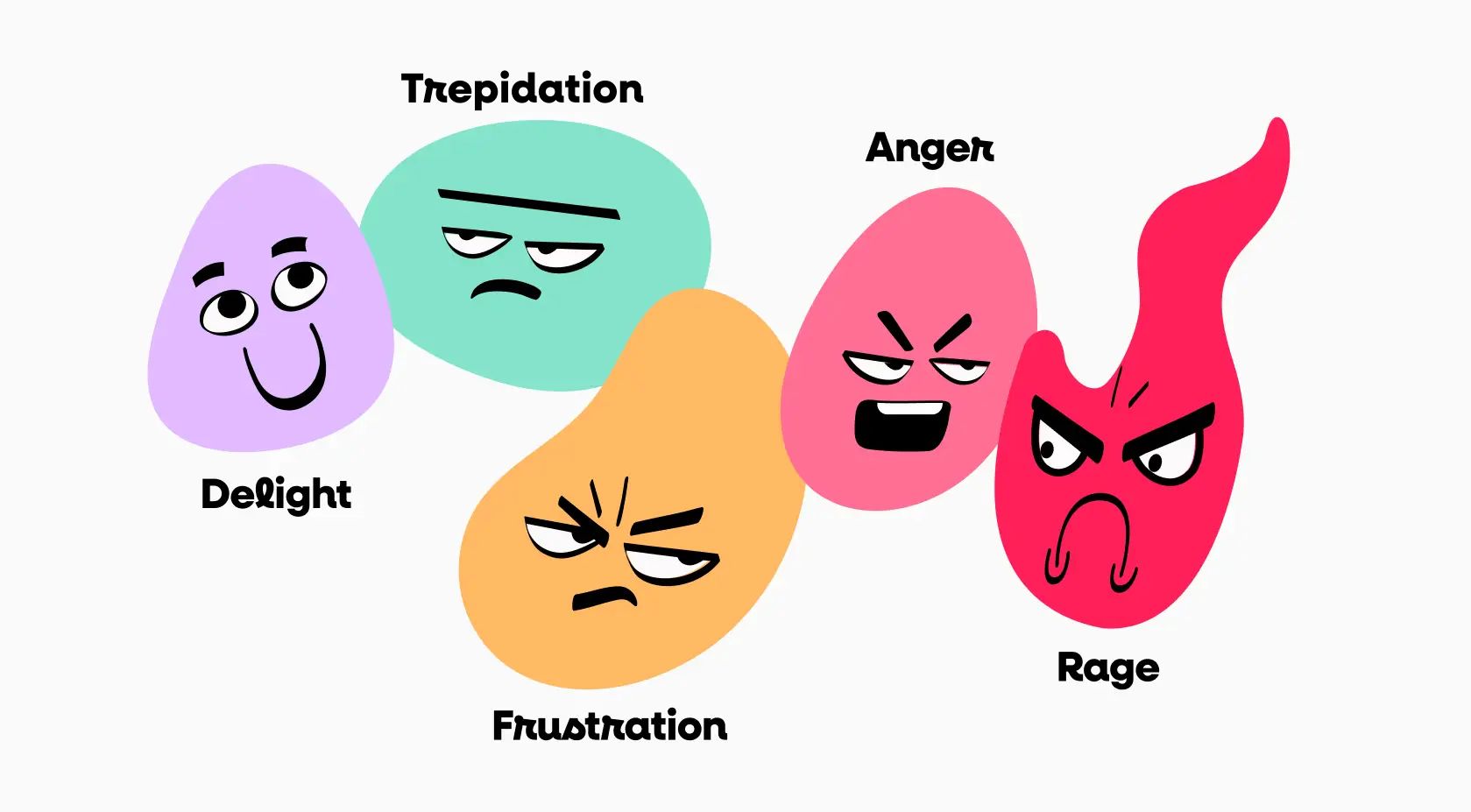Imagine walking into your favorite coffee shop and the barista knows your order by heart. They even throw in an extra shot of espresso because they remember you have an important meeting today that you mentioned last week. That’s not just good service—that’s the power of understanding how you feel. What if your business could do the same for every customer?
What is customer sentiment?
Customer sentiment is a metric that measures the emotional connection and overall feelings customers have towards a brand, product, or service. It’s the difference between a customer who simply buys your product and one who passionately recommends it to everyone they know. This isn’t just about satisfaction surveys or star ratings; it’s about tapping into the deeper emotions that drive loyalty—or, conversely, send people packing.

Why it's important
We’ve all had that one bad experience that made us swear off a brand forever. On the other hand, a brand that gets us, that listens and responds (sometimes through well-implemented AI in customer service), can become part of our daily lives. Businesses that get customer sentiment right don’t just avoid the pitfalls—they create raving fans. It is the secret sauce that turns ordinary customer interactions into long-term relationships.
Steps to increase customer sentiment
Measuring customer sentiment involves using a combination of behavioral data, direct feedback, social listening, and AI-powered insights to understand how customers feel about your brand. By analyzing these different data points, businesses can uncover emotional drivers behind customer actions, allowing them to personalize experiences and improve satisfaction.
Behavioral data: Every click, scroll, and hover tells a story. Platforms like Fullstory help you understand the ‘why’ behind customer actions—whether it’s cart abandonment or lingering on certain pages. Behavioral data offers real-time, actionable insights into user behavior patterns, revealing emotional cues that traditional feedback often misses.
When you pair behavioral data with other forms of feedback, you get the full picture — helping you move from guessing to knowing what drives customer frustration or delight.Direct feedback: Sometimes, the best way to gauge sentiment is to ask directly. Surveys, feedback forms, and customer satisfaction scores like CSAT (Customer Satisfaction) and NPS (Net Promoter Score) offer a clear window into customer emotions, helping you fine-tune your approach.
Social listening: Social media platforms are rich with customer opinions. Monitoring tweets, comments, and reviews enables you to capture real-time public sentiment and respond thoughtfully, strengthening your relationship with customers.
AI-Powered insights: AI can analyze vast amounts of data, providing a constant pulse on customer sentiment. AI-driven tools help you identify trends and make data-driven decisions that improve customer experience and loyalty.
Turning customer sentiment into action
Understanding customer sentiment is one thing, but acting on it is where the real impact happens. When you tune into your customers' emotions and act on that insight, you can anticipate their needs, prevent churn, and even turn a negative experience into a positive one. The benefits go beyond just improving customer interactions—they can elevate your entire business.
Personalized interactions: Sentiment data allows you to tailor customer service responses, marketing campaigns, and even product offerings to individual customer preferences. This level of personalization not only makes customers feel seen, heard, and valued but also increases satisfaction and brand loyalty. In fact, personalized experiences can lead to higher conversion rates and stronger customer retention, driving long-term business growth.
Prevent churn before it happens: Spot the warning signs of dissatisfaction before they escalate. With the right tools, you can intervene early and turn things around, keeping your customers happy and loyal.
Create raving fans: Happy customers don’t just stick around—they bring their friends. By consistently acting on positive sentiment, you can turn satisfied customers into enthusiastic advocates for your brand. These advocates can drive organic growth through word-of-mouth referrals, increasing your customer base at little to no acquisition cost.
How Carvana used sentiment analysis
Carvana, the ecommerce platform for buying and selling cars, faced a challenge—how to enhance site performance while scaling. By leveraging sentiment analysis through Fullstory, they pinpointed customer frustrations and iterated their way to a 5% lift in cars reserved for checkout. Resulting in an impressive $10+ million in incremental business and cost optimizations.
Read the full customer story →
The future of customer sentiment
As technology continues to evolve, so does our ability to understand and engage with customers on a deeper level. AI, predictive analytics, and behavioral data are just the beginning. The businesses that embrace these tools won’t just survive—they’ll thrive, creating experiences that resonate on a personal level.
Best practices for getting started
Start small: Collect customer sentiment data from a few essential channels, such as surveys and social media.
Use AI wisely: Let AI do the heavy lifting by analyzing large data sets to uncover patterns you might miss.
Act fast: Use real-time insights to address customer issues before they escalate.
Keep improving: Regularly update your sentiment analysis strategy to adapt to changing customer behaviors.
Ready to tune into your customers’ frequency? Because the future belongs to brands that listen. Request a personalized Fullstory demo today.




